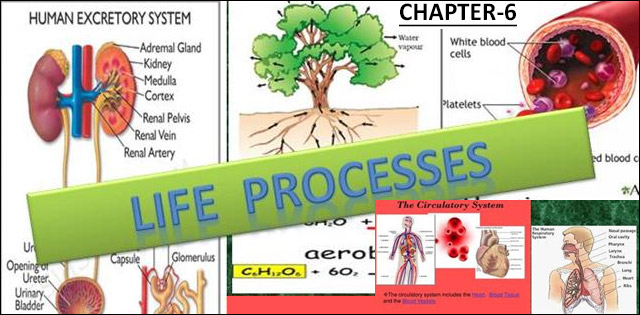
On the International Space Station (ISS), astronauts rely on the Environmental Control and Life Support System (ECLSS) to provide a steady oxygen supply. So integral is photosynthesis to life on Earth that scientists hope to harness the process to facilitate living in space. This led to the “ Great Oxidation Event” and the emergence of more complex life forms, eventually giving rise to hominids and homo sapiens (aka. These lifeforms slowly converted the atmosphere, combining water, sunlight, and CO 2 to create glucose (an energy source) and oxygen gas as a byproduct. During this same period, the first lifeforms are thought to have emerged: single-celled microbes that relied on retinol or chlorophyll for photosynthesis. Known as the Archean Eon, the planet was covered with active volcanoes, and its atmosphere was predominantly composed of carbon dioxide (CO 2), sulfur dioxide, and other volcanic gases. Roughly 4 billion years ago, Earth’s atmosphere and environment were much different than they are today. A paper that describes their latest research appeared on June 6th in Nature Communications.Īt the University of Arizona’s Controlled Environment Agriculture Center, a lunar greenhouse chamber is equipped as a prototype bioregenerative life support system. Brinkert’s research group (who led the study) in the Department of Chemistry at UoW, and Sophia Haussener, an associate professor with the Institute of Mechanical Engineering at Ecole Polytechnique Fédérale de Lausanne (EPFL).

Brinkert is a researcher with the Center for Applied Space Technology and Microgravity (ZARM) at the University of Bremen, Germany. In addition to being an assistant professor in Catalysis at the University of Warwick (UoW), UK, Dr.

In a recent study, a team of researchers led by Katharina Brinkert of the University of Warwick described how artificial photosynthesis could lead to a new type of life support system that is smaller, lighter, easier, and more cost-effective to send to space.

Foremost among them is ensuring that crews have functioning life support systems that can provide a steady supply of breathable air, which poses its own technical challenges. One of the biggest challenges for this renewed era of space exploration (Space Age 2.0) is ensuring that humans can remain healthy while spending extended periods in space. Commercial ventures also want to establish habitats in Low Earth Orbit (LEO), enabling everything from asteroid mining to space tourism. In the ensuing decade, the first crewed missions to Mars are expected to occur, culminating with the creation of the first human outposts on another planet. These programs will create lasting infrastructure, like the Lunar Gateway, Artemis Base Camp, Moon Village, and the International Lunar Research Station (ILRS). By 2030, multiple space agencies will have sent astronauts to the Moon for the first time since the Apollo Program ended over 50 years ago.


 0 kommentar(er)
0 kommentar(er)
